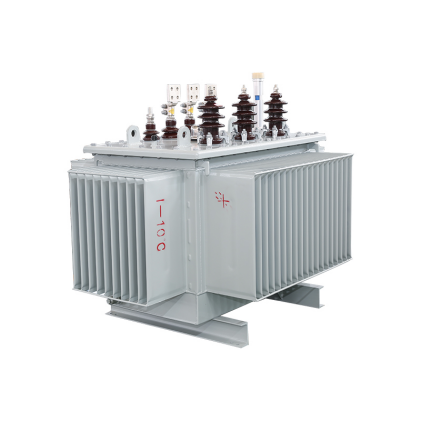How do distribution transformers deal with moisture and what design strategies should be adopted?
Distribution transformers are vital components of power distribution networks, responsible for stepping down high voltage electricity to levels suitable for use in homes and businesses. However, exposure to moisture poses a significant risk to the insulation system of transformers, potentially leading to reduced performance, increased maintenance requirements, and even premature failure. To address this challenge, distribution transformers employ various design strategies aimed at mitigating the effects of moisture ingress and ensuring long-term reliability.

One of the primary design strategies used in distribution transformers to combat moisture is the adoption of fully sealed enclosures. These transformers feature tanks that are hermetically sealed, preventing moisture from entering the internal components. The tank is filled with insulating oil, which not only serves as a coolant but also acts as a barrier against moisture penetration. This fully sealed design effectively safeguards the transformer's insulation system, maintaining its integrity over time.
Distribution transformers often incorporate breather systems to regulate the exchange of air between the transformer and the surrounding environment. These breathers typically contain desiccants or silica gel, which absorb moisture from the incoming air, reducing the risk of moisture ingress into the transformer. Additionally, some transformers are equipped with dehydrating breathers, which actively dry the air before it enters the transformer, further enhancing moisture control.
Proper sealing of openings, such as bushings, terminals, and access covers, is essential to prevent moisture from seeping into the transformer. High-quality gaskets and seals are used to ensure a tight seal and effectively block water ingress. Regular inspections and maintenance procedures are conducted to detect any deterioration or damage to these seals, ensuring continued protection against moisture infiltration.
The use of corrosion-resistant materials in transformer construction is another key strategy for managing moisture. Components such as tanks, bushings, and terminals are fabricated from materials that are resistant to corrosion and moisture damage, ensuring long-term reliability even in harsh environmental conditions. By selecting appropriate materials, manufacturers enhance the durability and performance of distribution transformers, minimizing the risk of moisture-related issues.
Proper installation and maintenance practices play a crucial role in managing moisture in
Distribution transformers. Transformers should be installed in locations where they are less likely to be exposed to moisture, such as elevated platforms or indoor enclosures. Regular maintenance, including inspections for leaks and proper functioning of seals, is essential for detecting and addressing any issues before they escalate into significant problems. Additionally, routine testing and monitoring of transformer insulation resistance can help identify potential moisture-related issues early on, allowing for timely intervention and mitigation.

Contact Us